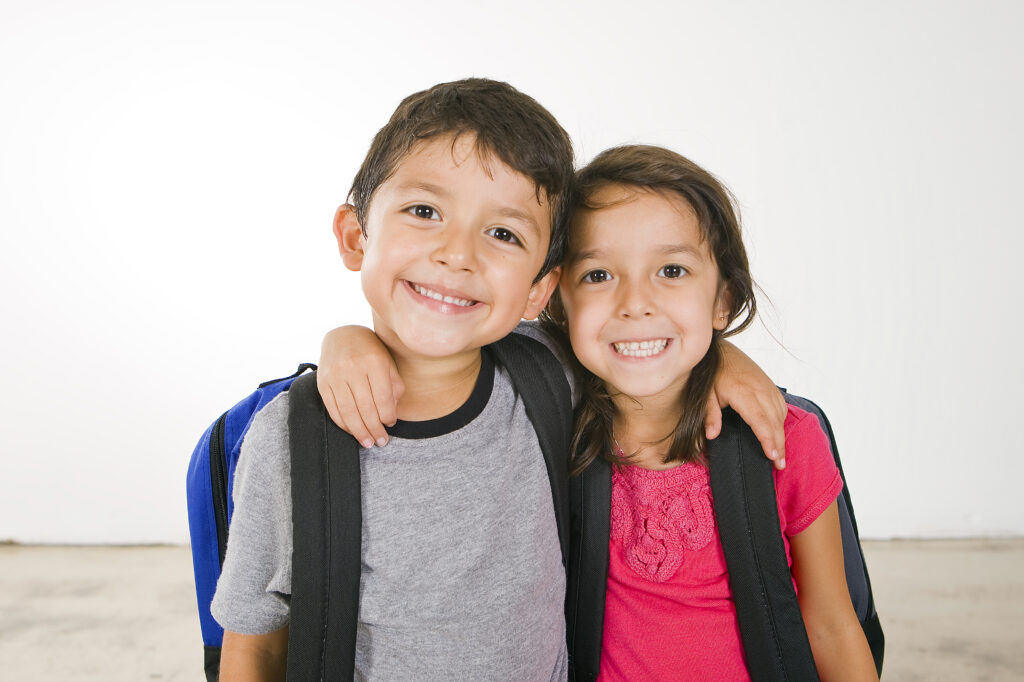“Is that her boyfriend?” the stranger asked, winking.
I looked at my 10-year-old daughter and her best friend standing next to me in the grocery store.
“No, he’s just her friend,” I replied, dampening down my exasperation.
My daughter’s best friend is a boy. They are fourth graders who are not dating nor thinking about dating. They are best friends who just happen to be of different genders. My daughter and her best friend see friendship, not gender, and they have since their relationship started.
The beginning
When she was 6 years old, my daughter cemented her relationship with her best friend, a boy.
It happened by chance. My husband was out of town, and I had to take my oldest child to the emergency room for a baseball injury. In desperation, I reached out to an acquaintance with a child the same age to watch my daughter. My daughter had known this little boy her whole life. His mom and I had been pregnant at the same time and the kids had attended a Sunday school class together since they were three. Still, they had never had a playdate together.
When I arrived three hours later to pick her up, I had to pry her away from him. They had had an amazing time. And so it began.
The present
Over the last four years, the kids have been inseparable. Their standing play dates on Sunday afternoons are one of their favorite parts of the week.
My daughter and her best friend create imaginative worlds with stuffed animals. The kids study books on the abyss and bioluminescent creatures. They wrestle each other, laughing and giggling, on the living room floor.
Their temperaments are similar, their attention spans compatible and their silliness on point.
Yet, these are not the attributes that pique people’s interest when I mention my daughter’s best friend. Usually, I get asked, even in jest, about their romance. It is as if people cannot think about boys and girls in a platonic relationship, even children.
When dating jokes annoy my daughter or me, I draw on noteworthy relationships between children of different genders in books to reinforce that best friends who are different genders is normal. Indeed, there are best friends like Beezus and Henry from the Ramona books, Judy Moody and Rocky from the Judy Moody books, and Jo and Laurie from Little Women. Plus, family movies like Dolphin Tale celebrate boy-girl friendships.
The message these books and movies send, and that I hope to reinforce, is what my daughter already knows: boys and girls (and indeed, kids of all gender identities) can be great friends.
The end?
I do wonder what middle school and the teen years will bring to their friendship. Puberty will change their bodies and how they think about a person of another gender. They may start to care what their peers think of their pairing. It makes me sad that these forces could dull the brightness of their friendship.
Still, I am grateful for the strength of their bond and hopeful that, regardless of their gender, they can weather the changes coming their way.
There is a comfort and strength from knowing someone your whole life and genuinely liking that person. I hope my daughter and her best friend, who just happens to be a boy, will have that for the rest of their lives.
Katy M. Clark is a writer and mom of two who celebrates her imperfections on her blog Experienced Bad Mom. This piece appeared on Parent Co.



